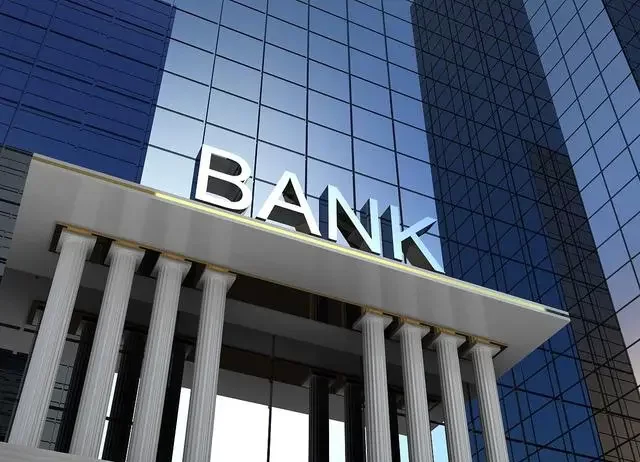
It has not been a year since the collapse of banks in Silicon Valley triggered the US banking crisis, and the US financial market has once again fallen into turmoil. In the past week, due to losses in commercial real estate loan business, the stock price of New York Community Bank has plummeted by more than half. Multiple rating agencies have downgraded the bank's rating, raising concerns in the market about the health of small and medium-sized banks in the United States.
The bank's credit rating has been downgraded to junk level. The reason is that the recently disclosed information has prompted people to reconsider whether their preparations for potential commercial real estate losses are sufficient. According to the latest disclosed documents on February 29th, the bank wrote down $2.4 billion in goodwill due to issues with the loan review process. The document also pointed out that "management has identified significant deficiencies in internal controls related to internal loan reviews, which are due to ineffective supervision, risk assessment, and monitoring activities." At the same time, the bank announced that a new leadership has been appointed to address the current situation.
According to The Wall Street Journal, the "significant flaw" in New York Community Bank is related to the way the bank monitors and evaluates loan account risks. Due to the bank's significant exposure to commercial real estate, which has been declining in value, these loans have been under review.
The high vacancy rate in office buildings is a major problem. The quarterly losses of New York Community Bank have once again sounded the alarm for Wall Street, and some small and medium-sized banks may face problems such as real estate asset losses and declining profitability. Smaller regional banks, due to the lack of risk resistant assets such as large credit card portfolios or investment banking businesses, have a larger proportion of their commercial real estate loan portfolios, making them more susceptible to the impact of the commercial real estate industry.
Since the Federal Reserve began raising interest rates in March 2022, US commercial real estate prices have fallen by over 11%. With the prevalence of the trend of working from home, the vacancy rate of office buildings in the United States continues to increase, leading to a sharp decline in the expected return rate of commercial real estate represented by office buildings.
Anne Walsh, Chief Investment Officer of the well-known investment bank Guggenheim, said that the difficulties in the office sector have just begun. She further stated that in the next 24 months, small and medium-sized banks will face a large amount of refinancing of office building loans. This situation may be seen as a "rolling recession" in the banking industry and may persist for a period of time.
US Treasury Secretary Yellen recently stated at a hearing that the losses in commercial real estate are a concern, and regulatory agencies have taken measures to ensure that the loan loss provisions and liquidity levels of the financial system can cope with the current situation. She further pointed out that the shift in work patterns, the Federal Reserve's interest rate hikes, the rise in vacancy rates, and the upcoming wave of commercial real estate loans this year are all affecting commercial real estate.
People are concerned that this may trigger a wave of mergers among small and medium-sized banks. At present, the risk of a sharp drop in commercial real estate prices is brewing, although the extent is not yet sufficient to trigger a banking crisis. But if this risk continues to ferment, it may lead to more bankruptcies of small and medium-sized banks in the short term, and the possibility of another wave of mergers among small and medium-sized banks in the United States cannot be ruled out. From a historical development perspective, in recent decades, small and medium-sized banks in the United States have been in the process of merging, and the number of banking institutions has continued to decline. Every crisis will accelerate the merger of small and medium-sized banks.
Overall, the high risk of small and medium-sized banks in the United States has been seriously affecting market sentiment. The continuous bankruptcy of Bank of America may trigger market panic, leading to problems such as depositor runs, fund chain disruptions, credit crises, etc., thereby triggering a chain reaction in the financial system, threatening financial stability, and affecting the operation of the financial market. At the same time, this may also affect the financial credibility of the United States, weaken the position of the US dollar in the international arena, affect the financial hegemony of the United States, trigger turbulence in the international financial market, affect global financial cooperation and governance, and increase global financial risks.

Since 2025, the conflict between the United States and Europe over the governance of the digital economy has continued to escalate.
Since 2025, the conflict between the United States and Euro…
When German Chancellor Mertz officially announced that he w…
On December 3rd local time, the copper price on the London …
The European Commission announced a new economic security s…
The European Commission announced a new economic security s…
For nearly a year, US President Donald Trump has launched a…